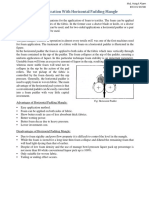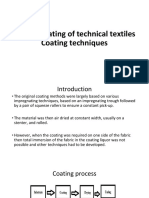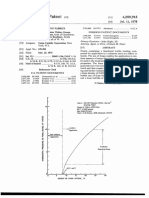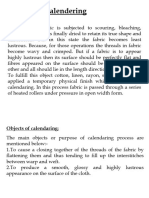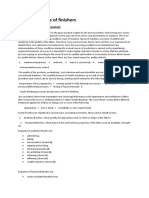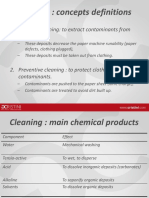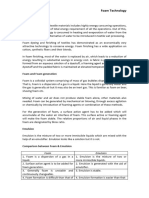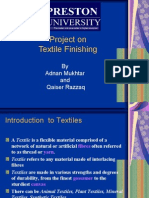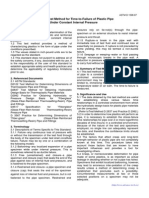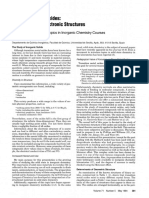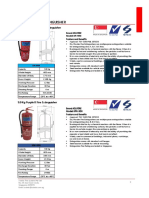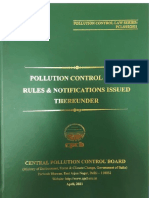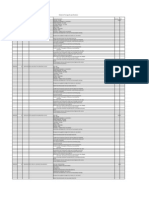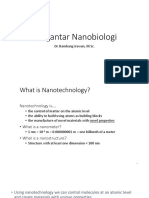0% found this document useful (0 votes)
94 views31 pagesLow Wet Pick-Up Textile Techniques
This document discusses various methods for applying chemical finishes to fabrics at low wet pick-up levels. It describes pad mangle machines used to remove water after treatments and ensure uniform application. Key application methods mentioned include porous bowls, vacuum extraction, air jet ejectors, transfer padding, lick rollers, spray systems, and foam application. The goals are efficient and even distribution of chemicals while minimizing water usage and energy costs during drying.
Uploaded by
Chintan Nakte7Copyright
© © All Rights Reserved
We take content rights seriously. If you suspect this is your content, claim it here.
Available Formats
Download as PDF, TXT or read online on Scribd
0% found this document useful (0 votes)
94 views31 pagesLow Wet Pick-Up Textile Techniques
This document discusses various methods for applying chemical finishes to fabrics at low wet pick-up levels. It describes pad mangle machines used to remove water after treatments and ensure uniform application. Key application methods mentioned include porous bowls, vacuum extraction, air jet ejectors, transfer padding, lick rollers, spray systems, and foam application. The goals are efficient and even distribution of chemicals while minimizing water usage and energy costs during drying.
Uploaded by
Chintan Nakte7Copyright
© © All Rights Reserved
We take content rights seriously. If you suspect this is your content, claim it here.
Available Formats
Download as PDF, TXT or read online on Scribd
/ 31


